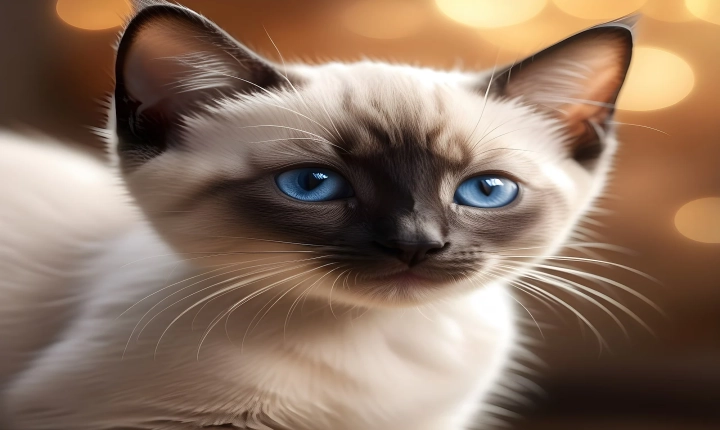AI Art: Exploring the Intersection of Technology and Creativity
Artificial Intelligence (AI) has revolutionized numerous industries, and the world of art is no exception. AI art has become a burgeoning field that explores the intersection of technology and creativity, offering new perspectives on what art can be and how it can be created. From generating unique visual artworks to aiding in the restoration of cultural heritage, AI art has wide-ranging applications that are reshaping the art world.
One of the most notable applications of AI art is the creation of unique visual artworks. Through the use of machine learning algorithms, AI can analyze vast amounts of data, learn patterns, and generate original pieces of art. This has enabled artists and creators to push the boundaries of traditional art forms, producing digital art that challenges conventional norms and explores innovative styles. One prominent example is the creation of “neural art,” in which AI algorithms generate intricate and visually stunning images, often in a style reminiscent of famous artists like Van Gogh or Picasso.
Furthermore, AI art has also found its place in cultural heritage preservation and restoration. With the help of AI algorithms, damaged or degraded artworks can be digitally reconstructed, allowing for the preservation of cultural treasures that may have otherwise been lost to time. Additionally, AI has been used to analyze and categorize vast collections of art, making it easier for curators and historians to explore and interpret the rich cultural heritage of the world.
Beyond these applications, AI art has also made significant strides in fields such as design, architecture, and even fashion. By leveraging AI’s ability to generate novel and unconventional designs, creators have been able to explore new possibilities in their respective fields, leading to the development of cutting-edge concepts and products.
However, the rise of AI art also raises questions about the role of human creativity and the ethical implications of artificial intelligence. Critics argue that the use of AI to create art may diminish the value of human creativity and erode the authenticity of artistic expression. Furthermore, concerns about copyright and ownership rights have also surfaced as AI-generated artworks challenge conventional notions of authorship and originality.
Despite these concerns, the potential of AI art to inspire new forms of creative expression and spark innovative collaborations cannot be overlooked. As AI technologies continue to evolve, the art world will undoubtedly see further exploration and experimentation with AI as a powerful tool for artistic creation.
In conclusion, AI art is a rapidly expanding field that offers exciting opportunities for artists, creators, and innovators. From generating novel artworks to preserving cultural heritage, AI art is reshaping the landscape of the art world, provoking critical discussions on the nature of creativity and technological innovation. As AI continues to evolve, it will be fascinating to witness the ways in which it continues to redefine our understanding of art and creativity.
